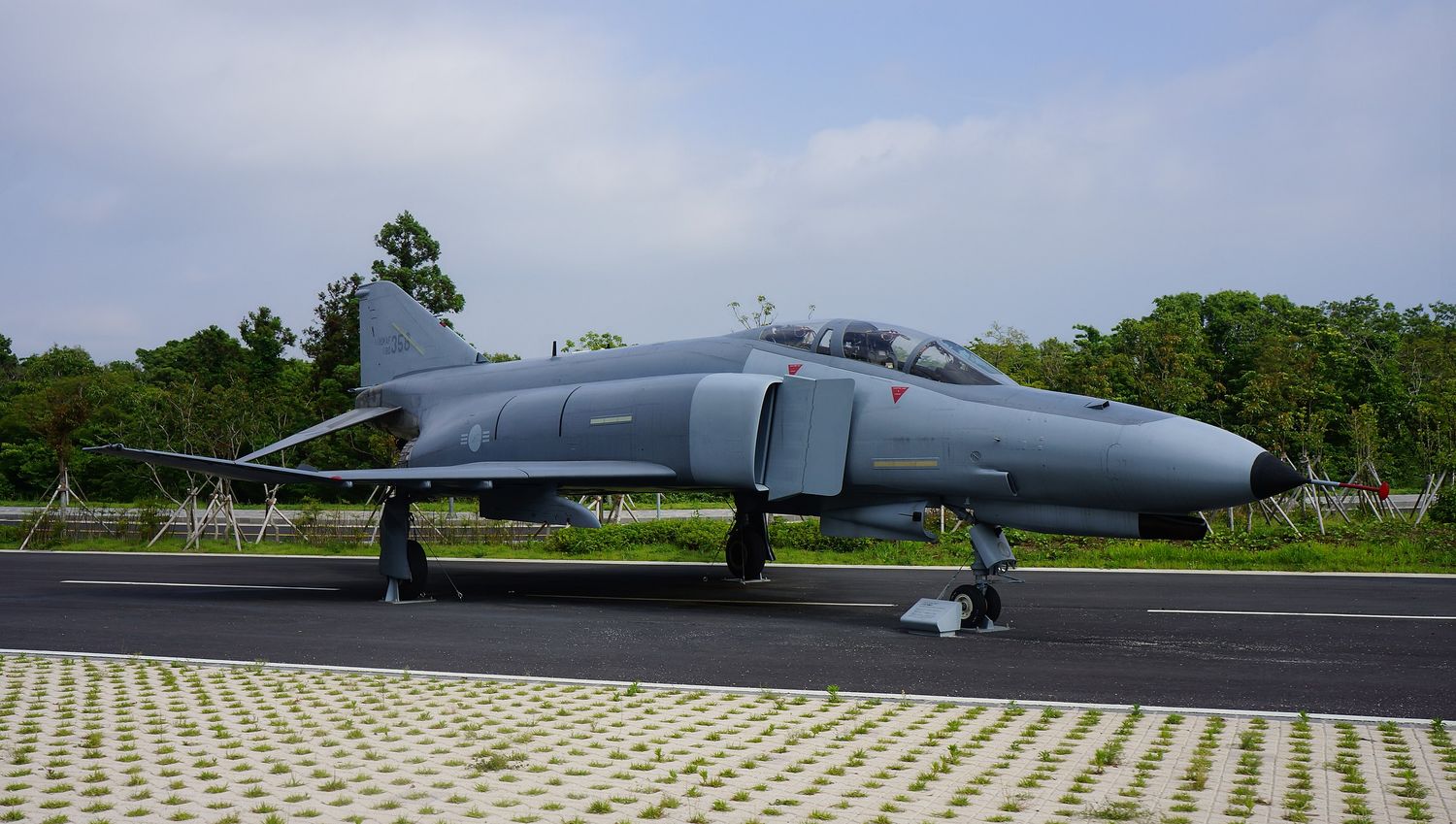During the Korea Security and Defense Forum held on May 4 in Seoul, a proposal was made to add more FA-50, F-35, and KF-21 fighter jets to shorten the replacement period of its F-4 Phantom and F-5 Tiger II fighters, by three to five years.
According to local media news2day, the question was raised at the Air Force Power Development Direction Seminar was held, where the need to accelerate the decommissioning of its older fighter jets to replace them with new «up to date» aircraft was discussed.
Choon-song Choi, chief of the Air Force Headquarters’ Planning and Management Staff Department, suggested taking three actions:
- Increase production of the domestic FA-50 light fighter.
- Promote a second contract with Lockheed Martin for another batch of F-35As.
- Increase the number of KF-21 Boramae fighters contracted with KAI.
«If all three plans are successfully implemented, the disposal period of aging fighter jets can be shortened by 3-5 years compared to the current plan», he argued.

Currently, the inventory of the Republic of Korea Air Force (RoKAF) has more than 60 F-4 Phantom II, around 150 F-5E and almost 30 F-5F dual-seat aircraft, which should be replaced as soon as possible as they are obsolete, and their logistics are becoming uneconomical.
But the seminar has not only addressed incorporating more modern material, but also about improving the existing one.
Improvements to the T/FA-50 Golden Eagle
Another speaker at the seminar was Chan-ho Kook, R&D director of LIG Nex1, who detailed plans to upgrade the FA-50’s electronic warfare system, and to equip it with a domestically designed AESA radar. The Korean fighter currently uses an Israeli radar from IAI/Elta electronics.
He even suggested that these improvements be available for the FA-50 fleet offered to Malaysia (which is looking to buy eighteen new LIFT/light fighter aircrafts), to make the possible deal more tempting.
Cho Hae-young, director of Korea Aerospace Industries (KAI), the company that manufactures the model, presented a plan for performance improvements to the T-50 and FA-50. Several of these proposed improvements were already outlined by KAI during the last edition of the Seoul International Aerospace and Defense Exhibition 2021 (ADEX 2021).

In addition to improved sensors and self-defense systems, the FA-50 should receive new air-to-air and air-to-surface munitions, such as the AMRAAM and cruise missiles (which model is yet to be defined). The Sniper ATP targeting pod was also successfully integrated and a new larger belly fuel tank (300 gallons/1135 liters) is being developed to increase the aircraft’s range, in addition to incorporating an in-flight refueling probe from Cobham.
F-35 and KF-21 Boramae: increase and improve
Kwang-yeol, executive vice president of Hanwha Systems expounded on the development of the domestic AESA radar for the KF-21. «The radar development is progressing faster than expected and the performance is higher than expected. Successful implementation is possible,» he commented optimistically.

An increase in the order of Block 1 KF-21s for the RoKAF will undoubtedly improve the program’s prospects going forward.
New video of the KF-21 Boramae, the future fighter developed in South Korea
JR McDonald, Lockheed Martin’s executive vice president for Combat Aircraft, was also at the seminar and gave a presentation on the current and future capabilities of this fifth-generation fighter, of which Korea ordered forty units.
McDonald spoke about the future increase in the volume of the F-35’s internal weapons bays and the future addition of hypersonic air-to-surface missiles.
If plans to accelerate the replacement of Korean F-4 Phantom II fleet come to fruition, Lockheed Martin could be awarded a second contract for twenty or more additional F-35As.
Missile defense and other issues
The risk posed by North Korea’s nuclear ballistic capabilities is a major source of concern for Seoul, for which the need to strengthen the complex for early detection and destruction of these threats is raised.

Seul will seek to improve North Korea’s ballistic activity monitoring capability through new early warning radar systems and new space capabilities, based on domestically designed reconnaissance and early warning satellite constellations.
It also seeks to accelerate the development of indigenous M-SAM III (medium-range) and L-SAM (long-range) air defense missile systems, which together with the incorporation of U.S. THAAD batteries, will significantly improve the country’s anti-ballistic capabilities.

Finally, it was mentioned that the development of unmanned combat aircraft (and their teaming with piloted aircraft) is a priority and that the capabilities of the Korean intelligence/command and control system must be strengthened.


Comentarios
Para comentar, debés estar registrado
Por favor, iniciá sesión